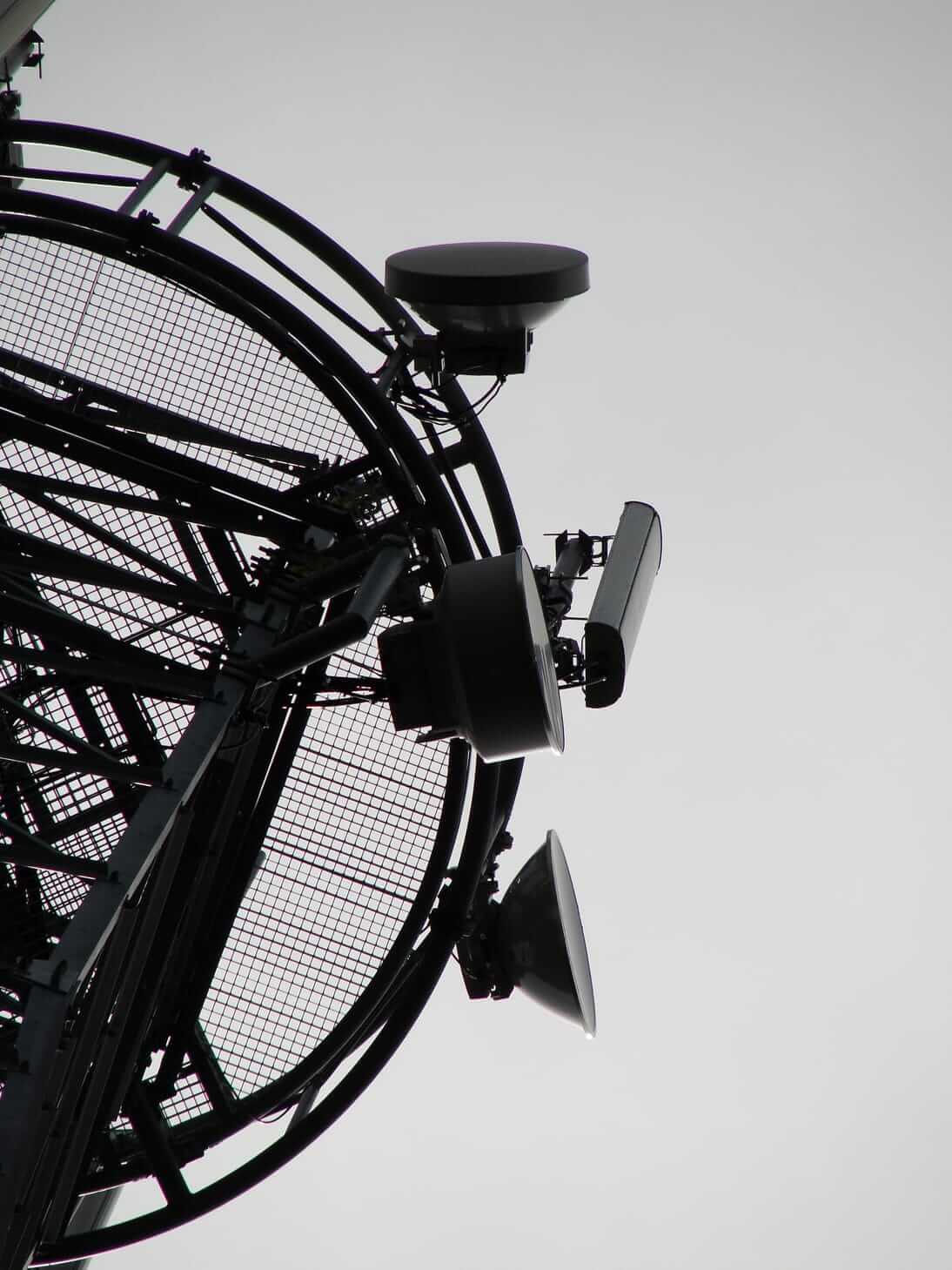Dictionary of internet surfers. Do you know what ping means?

The world of Internet technologies and abbreviations may not be a big unknown for you. Knowing a few basic concepts will help you when choosing an Internet connection, as well as when dealing with various settings. Explore the dictionary of Internet surfers and gain new knowledge.
Wi-Fi 802.11ac
802.11 ac is the designation of the WiFi 5 wireless communication standard with high data throughput. It can work not only in wireless networks at a frequency of 2.4 GHz, but also at 5 GHz. Support for this standard should be a matter of course for modern devices. If you are looking for quality WiFi, it should also carry this label. In the future, the approval of the 802.11ax standard is planned, under the name WiFi 6.
ADSL internet
ADSL is an abbreviation for Asymmetric Digital Subscriber Line. This most common type of DSL technology uses telephone lines to connect to the Internet. The asymmetry of the line consists in different speeds in the direction of the user and away from the user. In other words, the connection usually offers fast data downloads, but slower data uploads. The advantage of ADSL is its large coverage, which has 99% of the territory of the Czech Republic.
Download
Download is the English term for downloading (receiving) data. In the case of an Internet connection, the download has a major influence on the speed of loading Internet pages and downloading files from the Internet. The download speed is given in Mbps.
Ethernet
Ethernet represents computer network technology that transmits data via a double link or optical cable. It is used not only to connect computers, but also as a wired interface for WiFi and other devices with Internet access. There are several speed mods.
Firewall
A security gateway in the form of a separate device or software that separates traffic between the home/business network and the Internet. It is an effective protection against harmful viruses and other security threats.
IP address
An IP address is a number. This uniquely identifies a network interface on a computer network that uses Internet Protocol. All devices communicate on the Internet via the Internet Protocol. In the past, the most widespread version was IPv4, which used 32-bit addresses. Due to the lack of free IPv4 addresses, the replacement is the IPv6 protocol, which is now beginning to prevail.
IPTV
It is an abbreviation of Internet Protocol Television. Technology brings the possibility of watching digital TV channels over the Internet.
Jitter
One of the parameters of the Internet connection. It introduces unwanted fluctuations in response speeds. It is given in milliseconds. The higher the jitter, the less stable the connection.
Mbps (Mbps)
The unit of transmission speed – megabit per second. It is most often used to display the speed of the Internet connection.
Optics
Optics is a simplified designation for connection via optical fibers. This modern way of connecting to the Internet is one of the most reliable, powerful and fastest. It can mediate a data stream at a speed of tens of gigabits per second (Gb/s). LOSKY offers connection on its own optical network. Optical cables have a number of advantages, they are fast, stable, safe, powerful and currently their popularity is on the rise. LOSKY plays a major role in building optical networks in the Czech Republic. It supports operation on this modern technology for a number of operators. It is ideal for data transmission over long distances and is also very low-maintenance and will last for several decades. It also resists weather fluctuations and disruptive electromagnetic waves.
Ping
Ping (Packet Internet Groper) represents the response. It is used to check the quality of the connection with a remote system on the network, for example a web server. It is given in milliseconds. The higher the ping, the worse the connection quality.
QoS
QoS is an abbreviation of the English term Quality of Service. Using QoS, data transfers can be limited and their traffic can be divided according to preferences. In the case of a router, this is an advanced function that allows you to set which devices are prioritized in the network.
SSID
SSID is an abbreviation of Service Set Identifier. Represents the identifier of the WiFi wireless network – its name. You can change the SSID in the configuration of the access point.
Upload
Upload is the English term for uploading (sending) data. In the case of an Internet connection, the upload has a major impact on the speed of uploading attachments, backing up to the cloud or streaming video. The upload speed is given in Mbps. The higher the upload value, the better for the user.
Wi-Fi
A colloquial name covering several IEEE 802.11 Internet connection standards that are used for wireless communication in computer networks. WiFi primarily replaces fixed Ethernet networks. The trade association Wi-Fi Alliance is behind the name.
WPA2
An encryption protocol called Wi-Fi Protected Access II is used to secure wireless networks. WPA2 certification is mandatory for all new WiFi devices.